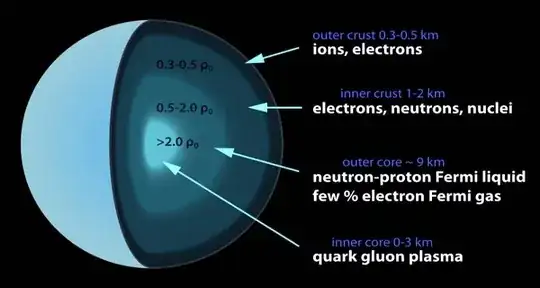I'm going to add another way to break up a neutron star. Shoot antimatter at it.
The difficulty with breaking up a neutron stars is that, once they undergo the compression to become Neutron stars, their gravitation tends to keep them there. The minimum size for a Neutron star to form is about 1.2-1.5 solar masses, but once it's shrunk down, the mass it needs to maintain the Neutron compression is a lot less than that, perhaps around 0.1 solar masses. See here for much more detailed answer on minimum Neutron star size.
The outside of a Neutron star is highly compact heavy ions and flowing electrons.

Source
So, if we shoot it with positrons, the positron hits an Electron and evaporates into gamma rays and you're left with a positively charged Neutron star, shoot it enough and the positive charges will gradually build a force that resists the gravity (granted, it also becomes more resistant to continued firing of Positrons), but if you manage to shoot it enough times and you might just be able to cause the Neutron star to expand and overcome the gravitational force that keeps it in it's Neutron state.
Now, maybe you'd need to hit it with anti protons / anti neutrons to reduce more mass as positrons alone might not get the job done, but I like the positron idea cause it preserves the baryonic matter and if you get the Neutron star to expand and when that happens, the Neutrons begin to decay into protons, so you're left with basically a hydrogen star. Granted one with an unnaturally high positive charge.
